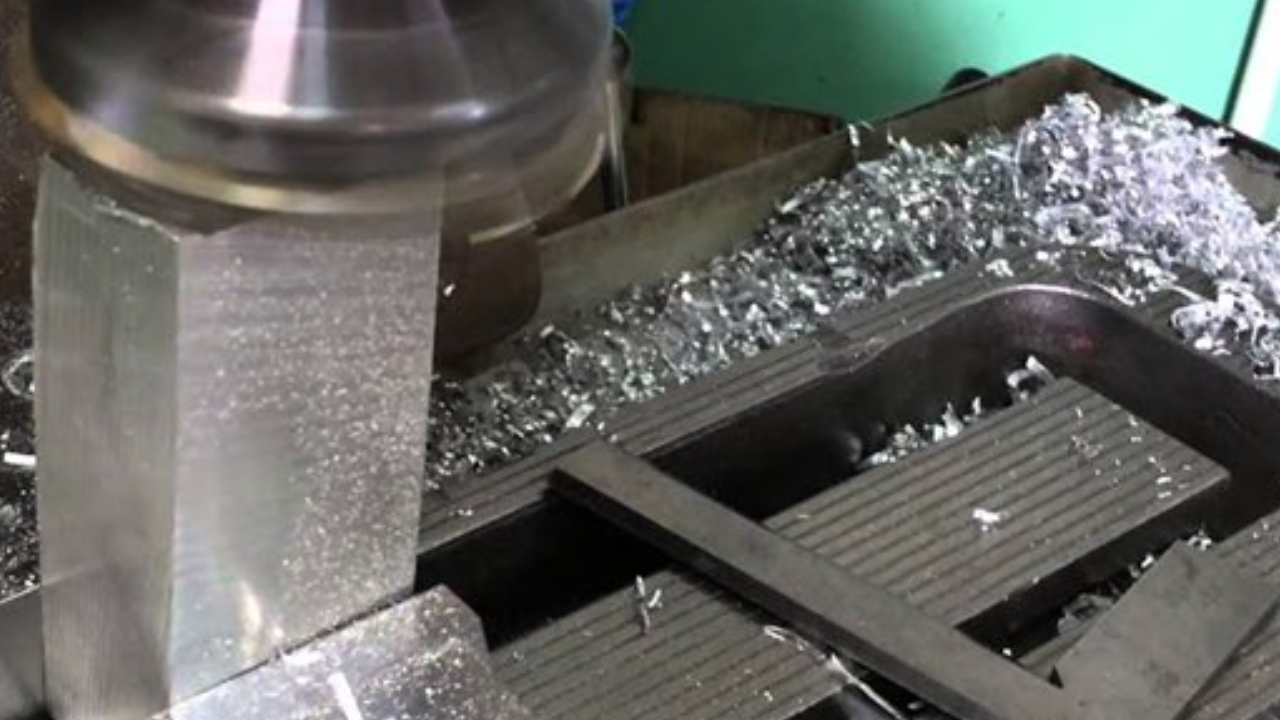Magnesium, prized for its high machinability, stands as a favored choice in CNC machining due to its lightweight nature, high strength, and superb corrosion resistance. Despite these advantages, caution is paramount in its machining due to magnesium's inherent flammability.
Without meticulous precautions during the machining process, the material poses serious safety risks. Balancing the benefits of magnesium with stringent safety measures is essential to harness its advantages in cnc machining magnesium while ensuring a secure working environment.
Why Machine Magnesium?
Before delving into safety measures, it's crucial to understand why machining magnesium is a popular choice despite its potential hazards. Magnesium is the lightest structural metal, offering exceptional machinability. Its low cutting force requirement compared to aluminum provides several benefits for CNC machinists, including quicker machining, cleaner chip breaks, reduced power consumption, and prolonged tool lifespan.
Understanding the Hazard
Magnesium, renowned for its challenging ignition as a solid workpiece, takes on a highly flammable nature when converted into powder or shavings during the machining process. The chips generated in this process pose a dual challenge, being not only flammable but also resistant to traditional extinguishing methods.
Notably, the use of water, a standard fire suppression agent, exacerbates the situation, rendering magnesium-induced fires even more challenging to control. The inherent difficulty in extinguishing magnesium fires lies in the material's unique properties. Once ignited, magnesium combustion perseveres in the presence of nitrogen, carbon dioxide, and water, making it resistant to conventional firefighting measures.
This characteristic has historical implications, as magnesium powders have been employed in certain explosive devices. Consequently, the machining of magnesium demands a meticulous approach, with a focus on preventive measures and specialized firefighting equipment to ensure the safety of CNC machinists and the integrity of the machining environment.
Selecting the Right Fire Extinguisher
In the occurrence of a magnesium fire, the choice of the correct fire extinguisher becomes a critical factor in mitigating potential hazards. Class D fire extinguishers, explicitly formulated for metal fires, stand out as the preferred choice.
For added preparedness, having a bucket of sand within proximity proves to be a practical measure for swiftly addressing small fires. Sand is particularly effective in smothering flames and minimizing the risk of re-ignition. However, for more substantial flames that may be beyond the capabilities of sand, relying on a Class D fire extinguisher becomes imperative.
Strategic placement of these firefighting tools is paramount to ensure quick accessibility during emergencies. Fire extinguishers should be positioned a safe distance away but within easy reach, while sand buckets should be conveniently located for immediate use. This comprehensive approach to firefighting equipment placement enhances the overall safety protocols in a machining environment, reducing response time and bolstering the CNC machinist's ability to effectively tackle magnesium-induced fires.
Safety Practices for CNC Machining Magnesium
Ensuring the safe machining of magnesium involves meticulous adherence to specific practices, starting with the avoidance of tight clearance angles. While high-speed machining is possible with magnesium, close contact between the tool and workpiece should be minimized to prevent elevated friction and cutting temperatures, mitigating the risk of ignition.
Maintaining proper tool condition is paramount in reducing the fire hazard associated with magnesium machining. Sharp cutting tools, particularly carbide ones with large relief angles, are preferred to prevent friction, sparks, and heat buildup. Choosing the right coolant is another critical consideration. Water-based coolants, though effective in reducing temperatures, pose a risk by producing hydrogen gas during magnesium machining.
Creating well-broken, discontinuous chips is a proactive measure to minimize the risk of chip buildup and ignition during the machining process. Additionally, when using a vacuum extraction system for chip removal, ensuring it is explosion-proof is essential to prevent the spread of fire through the system, reinforcing overall safety in the CNC machining environment.
Conclusion
While magnesium presents challenges due to its flammability, following best practices and safety guidelines allows CNC machinists to harness its benefits without compromising safety. 3ERP, an experienced provider of CNC machining services, stands ready to assist in creating parts from magnesium, titanium, and various other metals, emphasizing safety and precision in every project.

